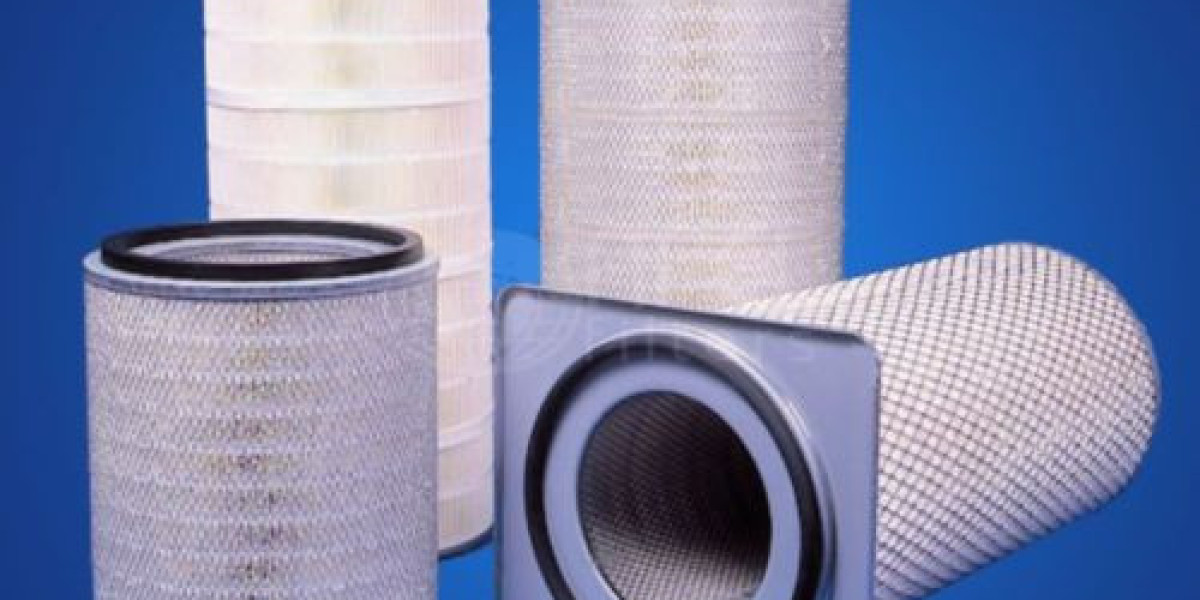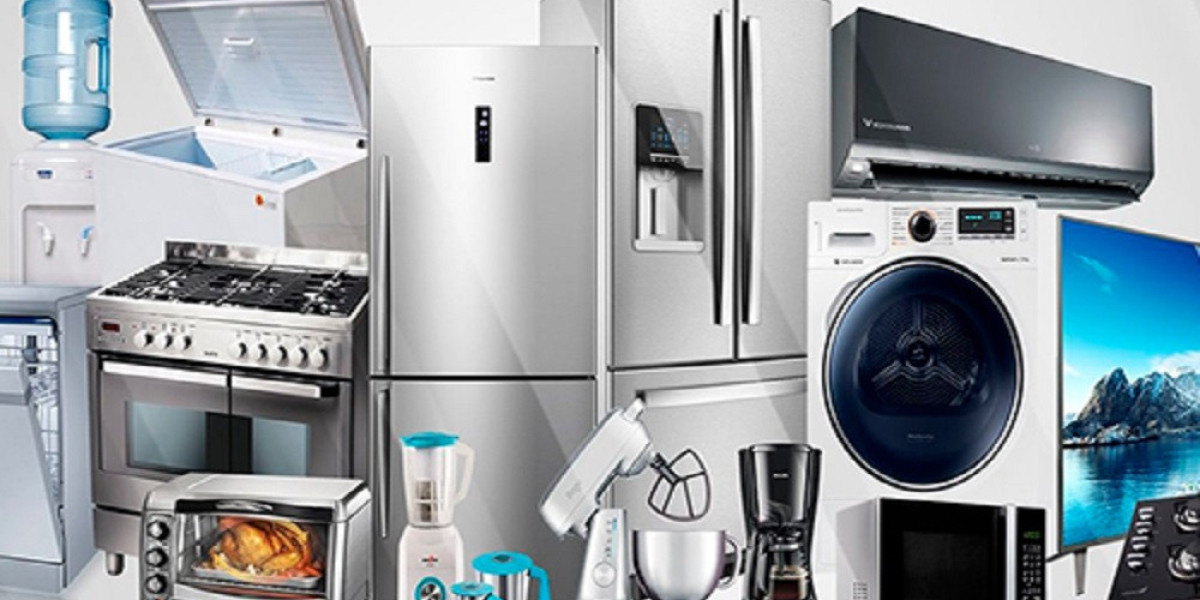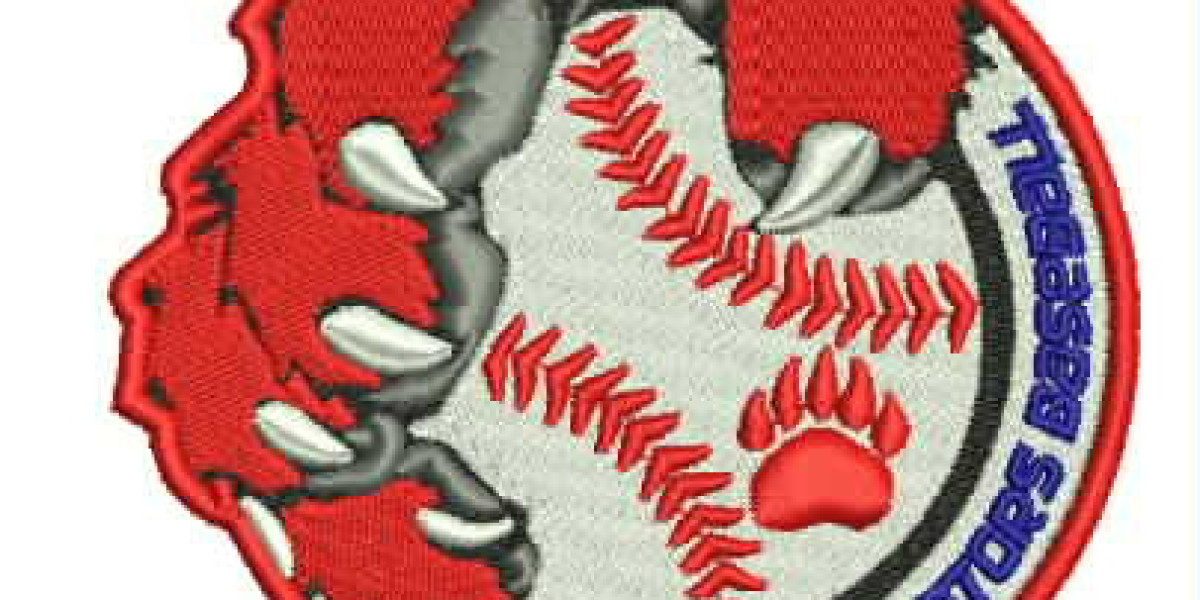Dust collection systems play a crucial role in maintaining air quality and ensuring a safe working environment in industrial and commercial settings. At the heart of these systems are dust collector filters, which trap harmful particles and prevent them from being released into the air. However, for optimal performance, it's essential to understand the different types of filters available, how often they should be changed, their lifespan, and their MERV rating.
Types of Filters for Dust Collectors:
There are several types of dust collector filters, each with its own unique features and benefits. The most common types include:
Bag Filters: Bag filters are one of the oldest and most widely used types of filters in dust collection systems. They consist of fabric bags that capture dust particles as air passes through them. Bag filters are known for their high efficiency and ability to handle large volumes of dust.
Cartridge Filters: Cartridge filters are becoming increasingly popular due to their compact size and ease of installation. These filters feature a pleated design, which provides a larger surface area for capturing dust particles. Cartridge filters are ideal for applications where space is limited.
Pleated Filters: Pleated filters are similar to cartridge filters but have a more straightforward design. They consist of a single layer of pleated material that traps dust particles as air flows through it. Pleated filters are cost-effective and easy to replace, making them a popular choice for many dust collection systems.
How Often Should You Change Your Dust Collector Filter?
The frequency at which you should change your dust collector filter depends on several factors, including the type of filter, the operating conditions of your dust collection system, and the type of dust being collected. As a general rule of thumb, it's recommended to inspect your filter regularly and replace it when you notice a significant buildup of dust or a decrease in airflow.
Bag filters are typically recommended to be changed when they reach approximately 50-70% of their maximum capacity. Cartridge filters and pleated filters may need to be replaced more frequently, especially in high-dust environments. Be sure to follow the manufacturer's recommendations for your specific filter type to ensure optimal performance.
How Long Do Dust Collector Filters Last?
The lifespan of a dust collector filter varies depending on several factors, including the type of filter, the operating conditions of the dust collection system, and the quality of the filter material. Bag filters tend to have a longer lifespan compared to cartridge filters and pleated filters due to their thicker material and larger surface area.
On average, bag filters can last anywhere from six months to several years, depending on how often they are cleaned and maintained. Cartridge filters and pleated filters typically have a shorter lifespan and may need to be replaced every six months to two years, depending on usage.
It's essential to monitor the condition of your dust collector filter regularly and replace it as needed to ensure optimal performance and prevent dust from escaping into the air.
Understanding MERV Ratings for Dust Collector Filters: MERV stands for Minimum Efficiency Reporting Value, a rating system used to measure the effectiveness of air filters in removing airborne particles from the air. The MERV rating ranges from 1 to 20, with higher ratings indicating better filtration efficiency.
Higher MERV ratings generally equate to better filtration performance and smaller particles when it comes to dust collector filters. However, it's essential to strike a balance between filtration efficiency and airflow resistance, as higher MERV-rated filters may restrict airflow and reduce the overall performance of your dust collection system.
When selecting a dust collector filter, consider the specific needs of your application and choose a filter with an appropriate MERV rating that provides the level of filtration required without sacrificing airflow.
Conclusion:
Dust collector filters are a critical component of dust collection systems, helping to maintain air quality and ensure a safe working environment. By understanding the different types of filters available, how often they should be changed, their lifespan, and their MERV rating, you can maximize the efficiency and longevity of your dust collection system.
Regular maintenance and replacement of dust collector filters are essential to ensure optimal performance and prevent dust from escaping into the air. By following the guidelines outlined in this guide, you can ensure that your dust collection system operates efficiently and effectively for years to come.
FAQ's
Q: What type of filter is needed for a dust collector?
A: The type of filter needed for a dust collector depends on various factors, such as the size of the dust particles, the volume of air being filtered, and the specific requirements of the application. Common types of filters include bag filters, cartridge filters, and pleated filters. Each type has its own advantages and is suitable for different applications.
Q: How often should I change my dust collector filter?
A: The frequency of filter changes depends on factors such as the type of filter, the operating conditions of the dust collector system, and the type of dust being collected. As a general guideline, it's recommended to inspect the filter regularly and replace it when there is a significant buildup of dust or a noticeable decrease in airflow.
Q: How long do dust collector filters last?
A: The lifespan of a dust collector filter varies depending on factors such as the type of filter, the operating conditions of the system, and the quality of the filter material. Bag filters typically last longer than cartridge filters and pleated filters due to their thicker material and larger surface area. On average, filters can last anywhere from six months to several years, depending on usage and maintenance.
Q: What is the MERV rating for dust collector filters?
A: The MERV rating (Minimum Efficiency Reporting Value) indicates the effectiveness of a filter in removing airborne particles from the air. MERV ratings range from 1 to 20, with higher ratings indicating better filtration efficiency. When selecting a dust collector filter, it's essential to choose a filter with an appropriate MERV rating that provides the level of filtration required for your specific application without sacrificing airflow.







